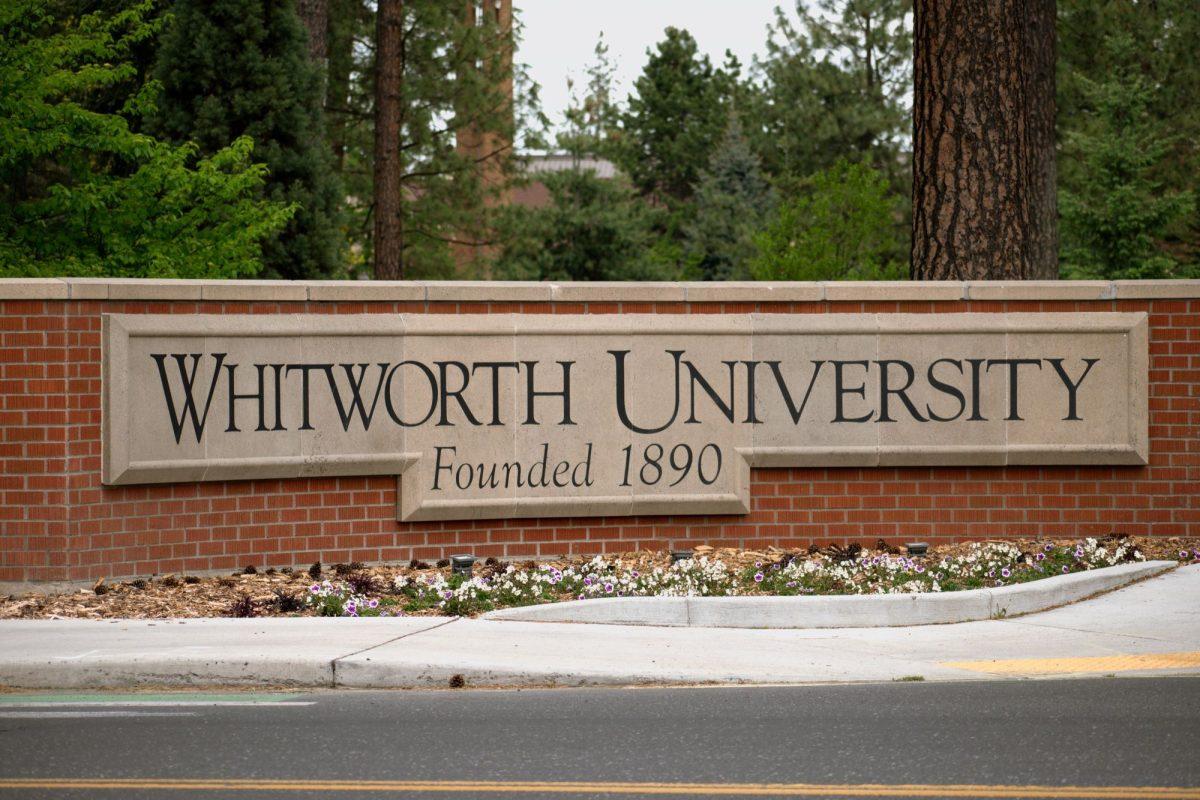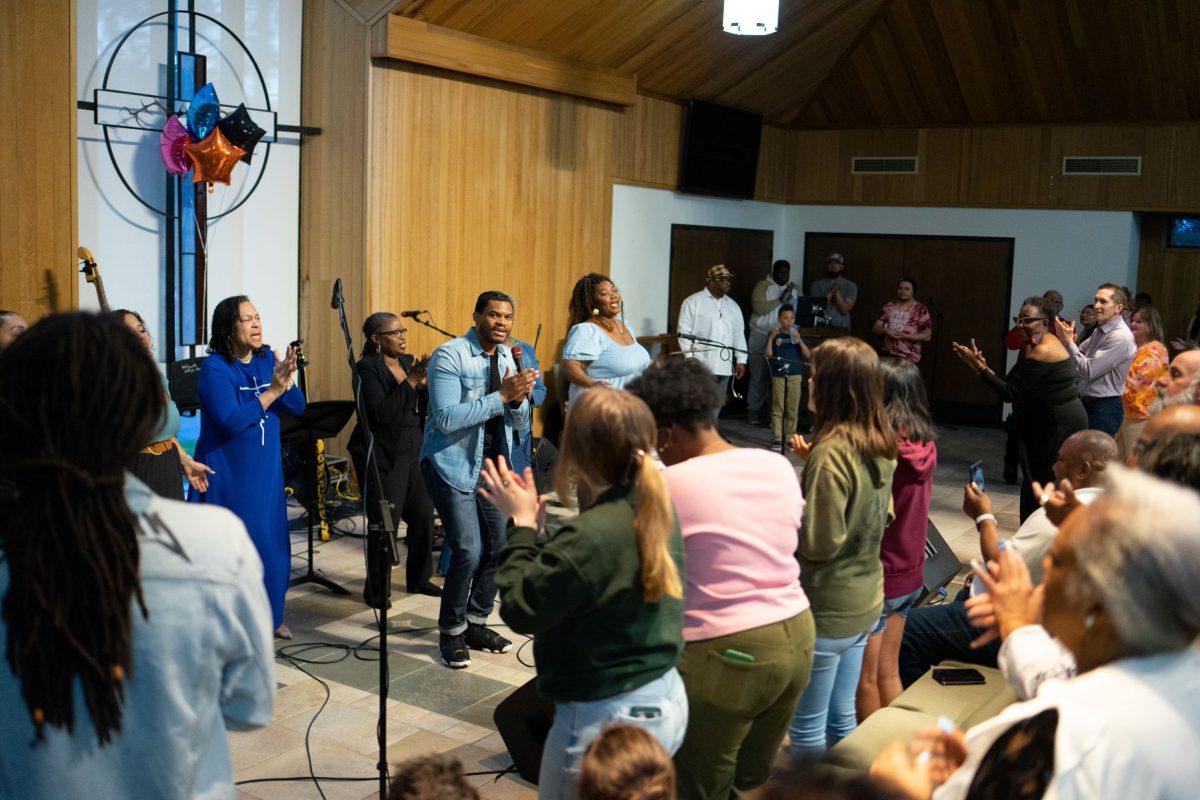“Shots fired on campus… the last thing you’d expect to hear. The odds of being in a situation like this are similar to your chances of being struck by lightning.” This a quote taken from a “Shots Fired on Campus,” asking if people really know what to do in one of these rare occurrences?
“Shots Fired” is a 20-minute training video linked to Whitworth’s Health and Safety website which shows survival techniques in case you’re ever confronted by an active shooter. This short film, produced by the Center for Personal Protection and Safety, was created on Eastern and Gonzaga Universities’ campuses.
As described in the video, many people have a misconception of what gun shots sound like, thanks to enhanced explosives sounds on TV and in movies. Therefore, when real shots are fired they sound artificial. It takes time for the brain to process those sounds and rule out other possible causes and meanwhile, those first few moments to get away are lost.
“Shots Fired on Campus” covers three steps people should remember to use when confronted by a shooter. To begin, always assume what is heard is, in fact, gun shots.
First, get out. If in a building, leave the premises if it is safe to do so. Make as much distance from the sounds as possible. Make sure to zigzag out of the shooters vision.
Second, hide out. If it is impossible to get out of the building, the best thing to do is to lock-up in an empty room, shove something heavy against the door, and take cover behind a concrete object.
Third, strike out. If there is no other out from being stuck face-to-face with the active shooter, there are two choices. One is waiting for a bullet and praying the shooter runs out of rounds. The other is putting up a fight using any heavy or sharp objects nearby and swinging fists.
As said in the video by FBI Chief Negotiator Stephen Romano, the ones who stay alive make a personal commitment to themselves to do whatever it might take to survive.
Supervisor II of Whitworth’s Security Services, Mark McFall compared knowing how to handle a shooting situation with boarding airplanes. The flight attendants want all of their passengers to be “aware of their surroundings,” which is why they point out where the emergency exits and air masks are, just in case something were to happen.
“It’s important to survey your surroundings,” McFall said. “I don’t have personal experience [with active shooters], but at least I know what to do.”
McFall was debriefed by FBI agents who were a part of the Columbine shooting and he said if he learned anything, it was that “you cannot wait for your knight in shining armor rescue.” In the midst of an emergency, it takes time for law enforcement to arrive and secure the scene. They get the call, drive to the spot, decide if a SWAT team is needed, set up a post to gather and make a plan, give out assignments then they head out to control the situation. By that time, as Columbine showed, many could be wounded or even killed.
That’s why, as stressed in the training video, it’s extremely important for an individual to know what to do, how to react, and how to handle the situation until relief arrives. This information, along with joining Whitworth’s RAVE system (a cell-phone/text message mass notification system) can help reduce casualties in the event of an active shooter. For more information, please contact the Security Office at 509.777.3712.





